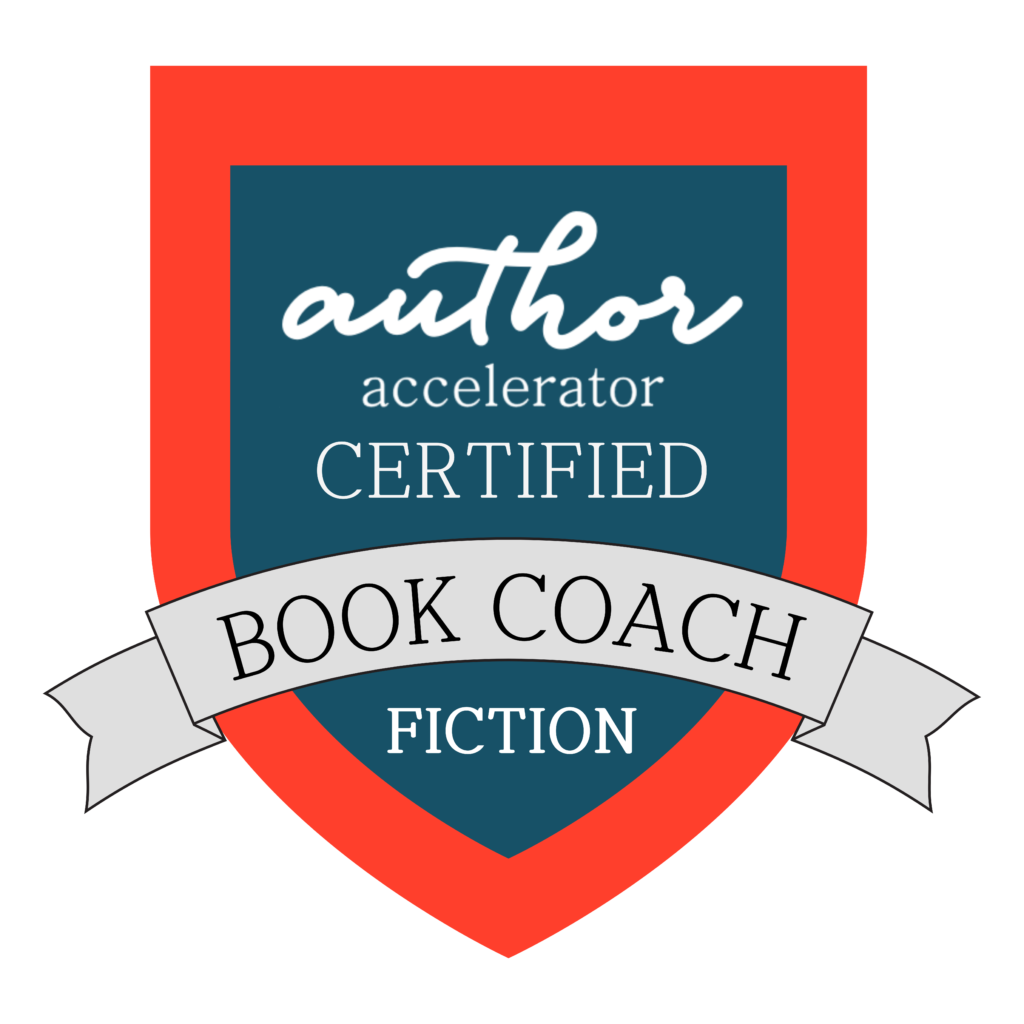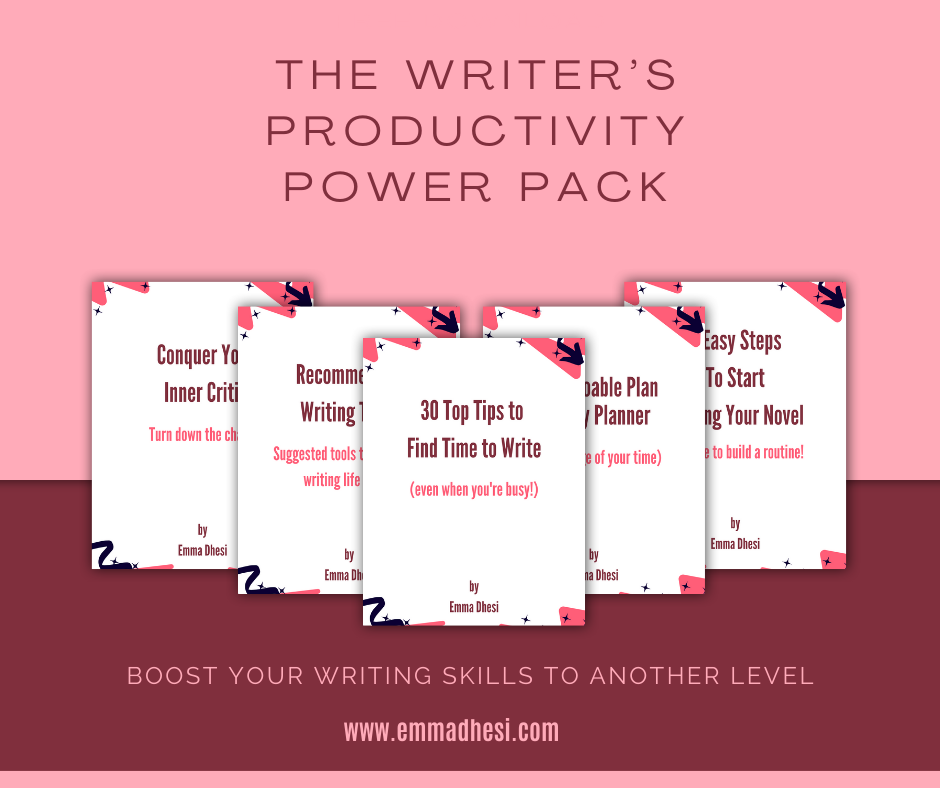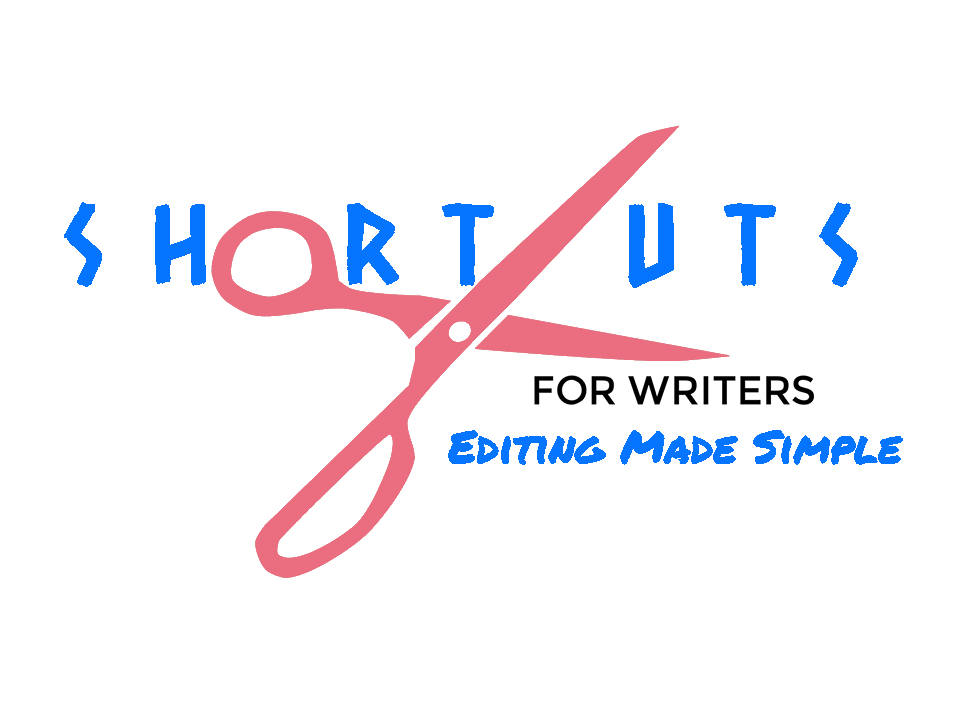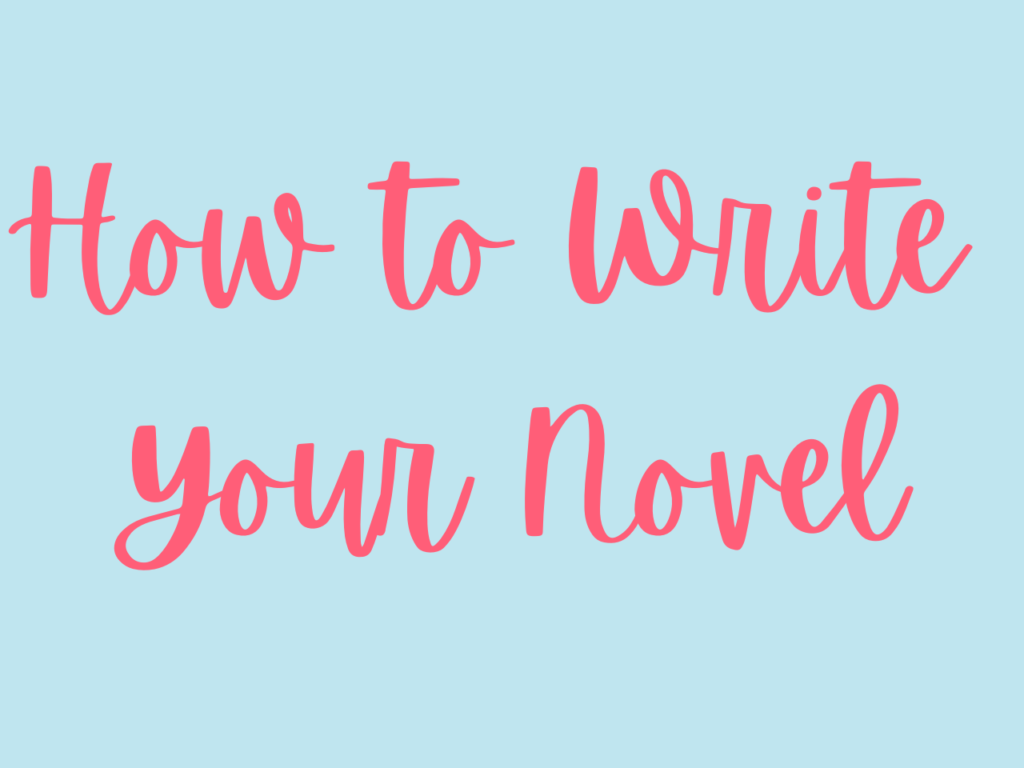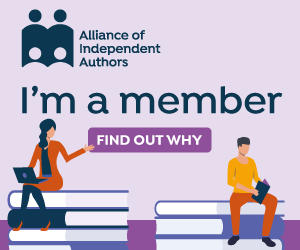Story Structure Part 1: 3 Act Structure
The 3 Act Structure
You’re new to writing, perhaps writing your first novel. You know there are different types of story structure, but it’s all a bit confusing and you’re not sure exactly how they differ.
In this 3-part mini-series I’ll demystify the 3 most commonly used story structures: the 3 act structure, the hero’s journey and the 7 Point Story Structure.
Today we will explore the 3 act structure. This is one of the oldest structures and originates from Greek tragedy. Needless to say it has been updated over the last two thousand years or so and is now most used by Hollywood to tell a story.
What does this mean to you? Not a whole lot, except that it’s tried and tested, it’s a nice simple structure and is the one I teach my students.
What is story structure anyway?
Basically, it is the framework upon which you hang your novel. Structure gives your story backbone. It’s the set of rules upon which to build your story so that it resonates with readers, drawing them in and holding their attention until the end.
From time to time, I link to products or services I love using with affiliate links. This means that I may receive a small percentage or fee for referring you to any product you may purchase from one of those sites. It does not cost you anything. These small fees help sustain my small business. I truly appreciate your support.
Act one – the set up
This is the act in which you introduce your reader to the main characters and provide insight into their ‘normal’ life.
This life might not a great life but it’s the life that your hero knows, and he or she wants to keep it that way.
But for us to have a story to tell, your hero needs to be pushed out of their normal world whether they like it or not. And that is done using an inciting incident.
For example, you have a character who likes to live a quiet life because they don’t feel confident out in the wider world. They feel like an outsider and so choose to stay at home and play computer games.
Perhaps they’ve chosen to live a single life because a partner makes life messy. Nor do they get involved with their friend’s problems because, quite frankly, they don’t think it’s any of their business.
However, the friend is involved with a drug gang and has named your hero as the guarantor. Something has gone wrong and unless the problem can be resolved, your hero is in the firing line. That’s why they have no choice but to accept the challenge put in front of them.
This is the inciting incident.
They could choose not to get involved, but if they don’t get involved there is a direct impact on their own life, i.e., get shot or worse. In order to maintain the status quo in the long term, your hero decides to take action, sort the problem, and return to their old life.
What they don’t realise, is that when they decide take action and help their friend, their own life is propelled forwards and into the storyline.
This is essentially the first act, and it is a relatively small act in your book.
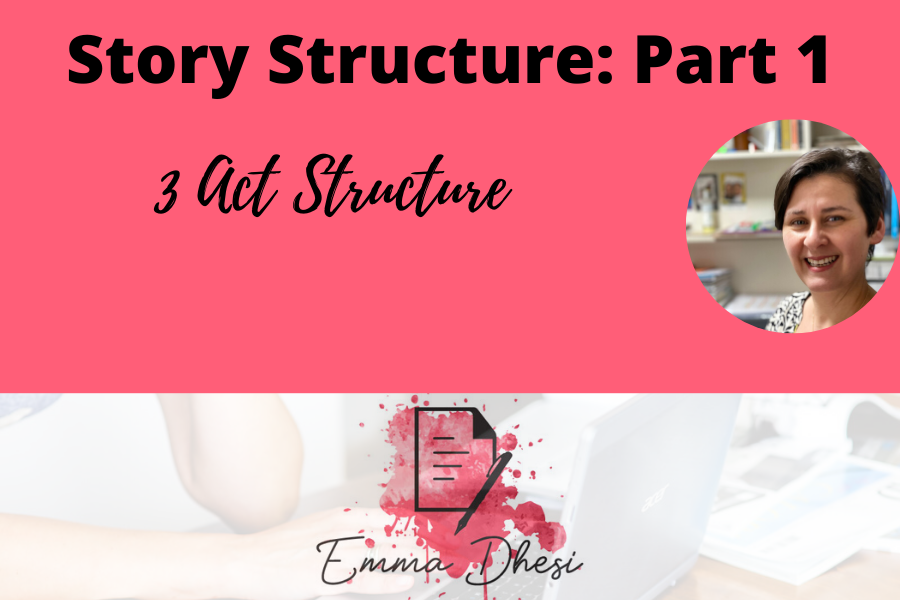
Act two: obstacles
Act Two in the 3 act structure is the biggest act of the book and can be the hardest to write.
In it you set up a series of problems your hero needs to overcome if they want to return to their old life. Don’t forget, the desire to return to that old life is their driving force.
What they don’t realise is that as a result of the obstacles they’re overcoming, after being pushed into situations unforeseen and using talents they didn’t know they had, your character’s life has changed forever.
There is no going back. They just don’t realise it yet!
Increasing difficulty
The more your hero tries to get back to their old life, the more difficult it becomes. The easiest way to think about this is a series of three obstacles, each one bigger and more difficult to solve than the last.
If we continue the example above, your hero’s first obstacle is to find out where their friend is hiding. This might involve visiting the friend’s parents. Something your hero really doesn’t want to do.
The parents tell him that friend was last seen with another friend who is decidedly dodgy.
This poses a bigger problem for our hero because he knows that the dodgy friend is a known drug dealer and someone your hero does not want to get involved with. He or she doesn’t take drugs, it doesn’t speak the lingo, it’s a world they know nothing about.
But your hero is worried about their friend, so visits the dodgy friend.
As you can imagine, our hero is very nervous, and the dodgy friend makes things very difficult for them. Your hero discovers their friend has gone to another city to hide.
Now your hero needs to go to the other city and find their friend. Over the course of the novel your character has gone from someone who prefers to stay home to someone who is going to see a drug dealer.
They are not only leaving their home but their city and mixing with known criminals who would not hesitate in killing them.
So, as you can see in this hypothetical storyline, things are getting worse for hero. Each time they come up against an obstacle they have to dig deeper, be more resourceful and, without knowing it, change from the inside out.
Act three: the resolution
This is the smallest act in the 3 act structure, and is what brings the story to a conclusion.
Act three begins at the end of the third obstacle, when your character has been pushed to their very limits. They have dug deeper than ever before. They have found their friend, solved the problem with the drug dealers and returned home safely.
This act may be the smallest act but it is essential to get right if you want to leave your reader feeling happy and ready to read your next story.
The stakes need to be high.
Climax
At that climax things could go either way for your hero. They can either perish and everything goes wrong, or they can be successful and get what they want – either way your reader needs to feel your character is at a tipping point.
Your hero also needs to have experienced personal growth.
In our example the hero who wants to stay at home and reclaim to their quiet life has discovered they are stronger than they once thought.
They have discovered that yes, life can get a bit messy, but it’s preferable to living a quiet, lonely, life.
As a subplot, they may also have discovered a girl/boy which gives them the extra impetus to overcome their fears and take part in their own life.
And of course, the resolution must solve the problem and have a “happy” ending.
Examples of the three act structure
The Hunger Games by Suzanne Collins
Beloved by Toni Morrison
The Fault In Our Stars by John Green
If this article was useful, you’ll love:
If you find this helpful and would like more help with your writing journey, go to my Facebook group, Turning Readers Into Writers, click join and say hello. You’ll find a safe and friendly community of like-minded writers who want to write their first novel.

Emma Dhesi writes women’s fiction. She began writing seriously while a stay at home mum with 3 pre-school children.
By changing her mindset, being consistent and developing confidence, Emma has gone from having a collection of handwritten notes to a fully written, edited and published novel.
Having experienced first-hand how writing changes lives, Emma now helps beginner writers find the time and confidence to write their first novel.

